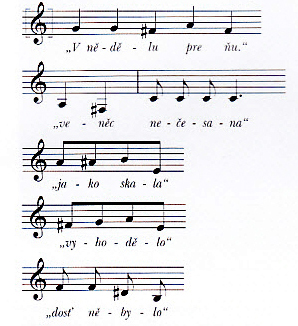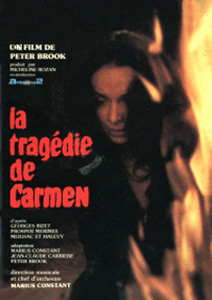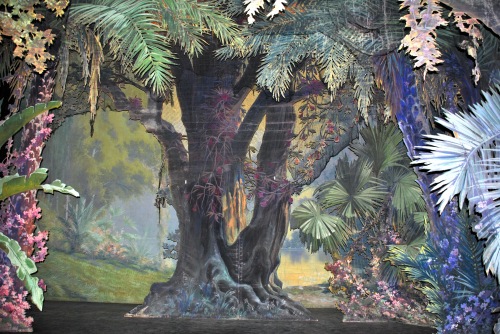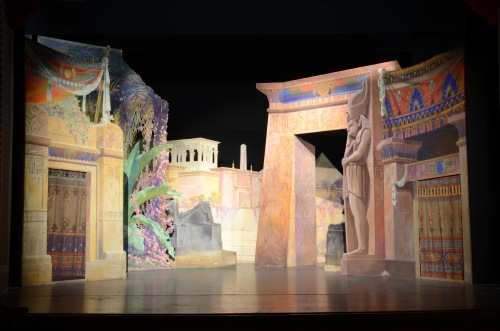Increasingly, young opera singers from all over the world are moving to Germany, drawn by the prospect of steady work—even full-time employment.
In 2013 Germany saw 7230 opera performances, one-third of the world’s total. German opera houses employ 1270 soloists and 2870 chorus members on full-time contracts.
An American soprano who will be joining the Deutsche Oper in Berlin next year says “There aren’t as many opportunities as there used to be for up-and-coming singers in the U.S. If you’re a lesser-known name, American opera houses often don’t take a chance on you because they need to sell tickets. When I return to the U.S., people will say ‘She must be good, she’s sung at the Deutsche Oper.’”
This according to “If you want to sing opera, learn German” by Elisabeth Braw (Newsweek 17 July 2014; online only).
Below, a recent German opera production that provided numerous employment opportunities.













